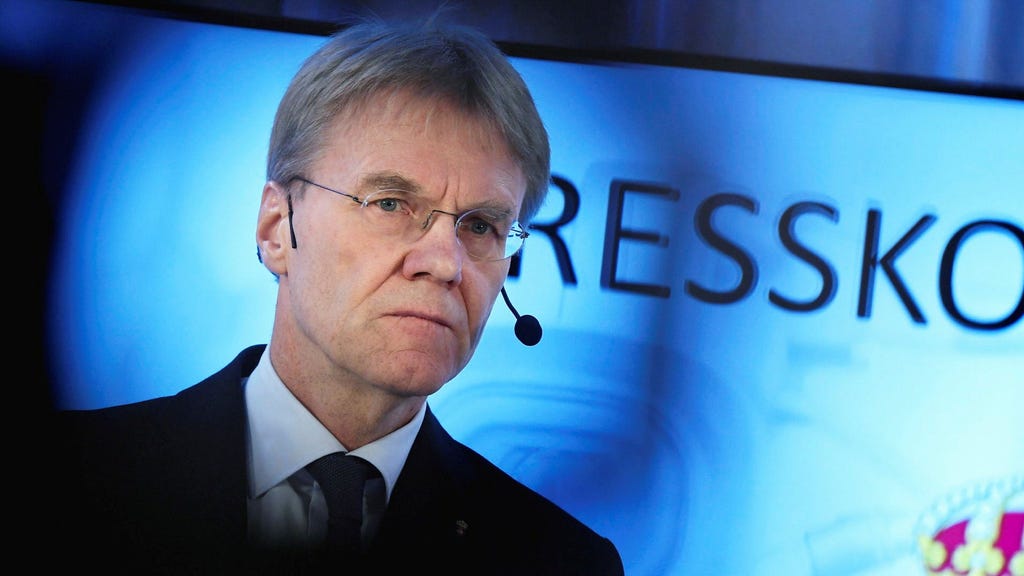The Church of Sweden, the fifth largest forest owner in the country, is embroiled in a heated debate concerning the future management of its vast 460,000 hectares of woodland. This controversy stems from a church-commissioned report, “The Church and the Forest,” authored by Göran Enander, former Director General of the Swedish Forest Agency. The report, released in September 2023, advocates for a significant shift in the church’s forestry practices, prioritizing long-term sustainability and biodiversity over short-term economic gains. Enander’s recommendations include reducing logging, promoting the use of long-lived wood products with greater climate benefits, and implementing a more nature-based forestry approach that enhances biodiversity. These proposals have sparked significant attention, particularly as they challenge the prevailing practices championed by the Swedish forestry industry.
The core of the contention lies in the economic implications of Enander’s proposed changes. While the report estimates a near-term cost of over 100 million kronor annually for the transition, the church’s diocesan forest managers have questioned the accuracy of this figure. Their skepticism has led them to commission three separate counter-studies from the Swedish University of Agricultural Sciences (SLU), effectively creating ”shadow reports” intended to refute Enander’s findings. This covert action has drawn sharp criticism from Enander himself, who condemns the lack of transparency and the attempt to circumvent the formal review process. He argues that this unprecedented maneuver undermines the integrity of the consultation procedure, accusing the estate managements of misrepresenting, exaggerating, and disseminating misleading information about the report’s proposals.
Adding further fuel to the fire is the revelation by the online environmental news platform, Supermiljöbloggen, which exposed the existence of these shadow reports. This revelation has ignited a wider debate within the church, with prominent figures like Bishop Andreas Holmberg of Stockholm voicing their support for Enander’s vision. Holmberg lauds the report as courageous, balanced, and far-reaching, aligning with the urgent need for action in the face of the climate emergency. He challenges the narrow focus on short-term economic gains, emphasizing the church’s broader responsibility to consider spiritual, social, and ecological sustainability.
Holmberg draws a parallel with the church’s ethical investment practices, arguing that just as the church refrains from investing in arms manufacturers or fossil fuel companies despite potential profits, it should prioritize long-term ecological well-being in its forestry management. He contends that Enander’s proposals are likely to be economically advantageous in the long run, perhaps over a span of 50 to 100 years, a timeframe more aligned with the church’s long-term perspective. This long-term view, he argues, should supersede short-term financial considerations. The church’s forest holdings, along with agricultural land and funds, constitute the so-called clergy salary assets, valued at nearly 43 billion kronor. While the income from these assets represents only about 2% of the church’s annual revenue, the symbolic and ecological significance of the forests is substantial.
The controversy surrounding the ”Church and the Forest” report underscores a broader societal tension between economic interests and environmental responsibility. The clash between the established forestry industry practices and the push for more sustainable approaches reflects a growing global awareness of the need to balance economic growth with ecological preservation. The Church of Sweden, with its significant land holdings, finds itself at the forefront of this debate, navigating the complex interplay of financial considerations, environmental stewardship, and its moral obligation to future generations.
The future of the Church of Sweden’s forestry practices now rests in the hands of the Church Assembly, which is scheduled to vote on the report’s proposals in the autumn of 2024. The outcome of this vote will not only determine the fate of the church’s forests but also signal the church’s stance on broader environmental issues. It will be a significant moment, demonstrating whether the church chooses to prioritize long-term sustainability and ecological responsibility or to maintain the status quo in its forestry practices. The “Church and the Forest” report has ignited a crucial conversation, forcing the Church of Sweden to grapple with its role as a steward of the environment in a time of climate crisis. The upcoming decision will reverberate beyond the church’s walls, setting a precedent for other large landowners and influencing the ongoing dialogue about the future of Swedish forestry.














